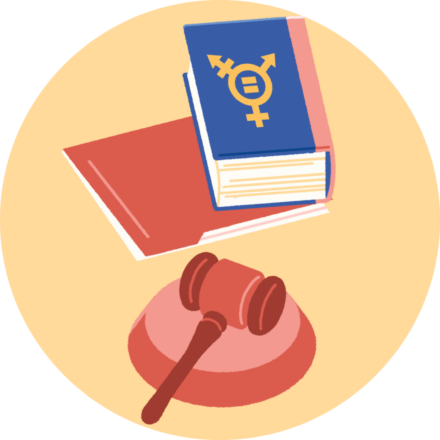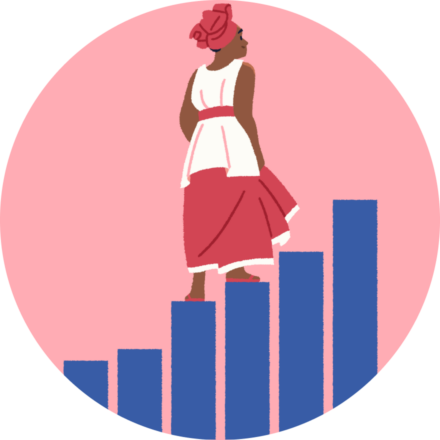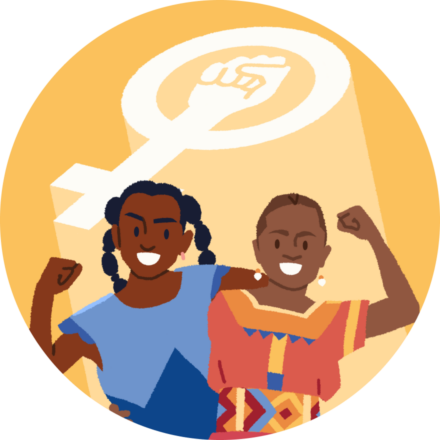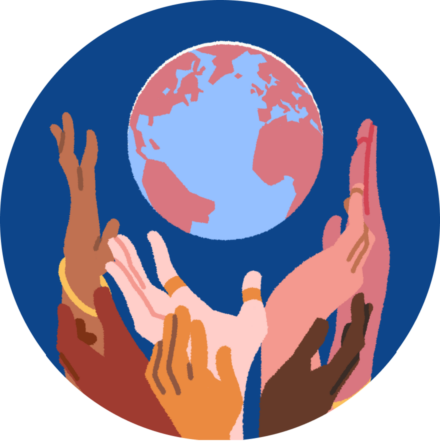
2024 SDG Gender Index
The 2024 SDG Gender Index is the most comprehensive global measure of gender equality. Developed by EM2030, it provides a snapshot of where the world stands on the vision of gender equality embedded in the 2030 Agenda. It is a multidimensional index, benchmarking gender equality across 139 countries (covering 96% of the world’s women and girls) and 56 issues across 14 of the 17 Sustainable Development Goals.
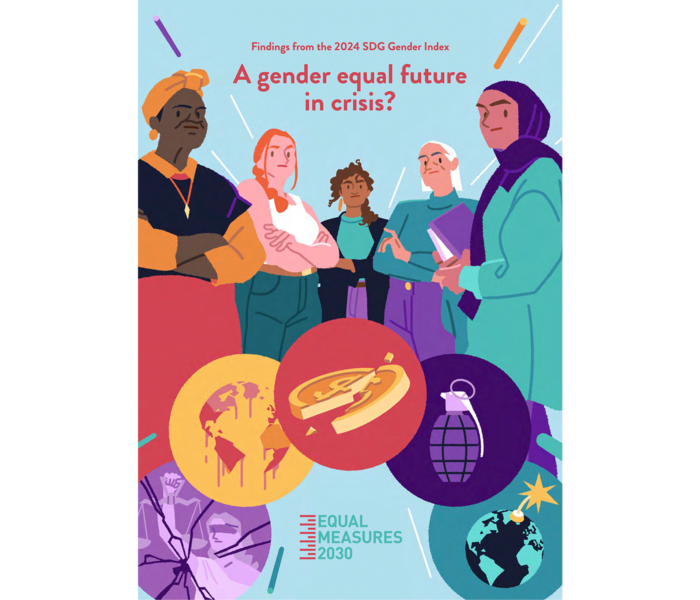
NO COUNTRY IS ON TRACK TO ACHIEVE GENDER EQUALITY BY 2030
If current trends continue, global gender equality won’t be achieved until the 22nd century
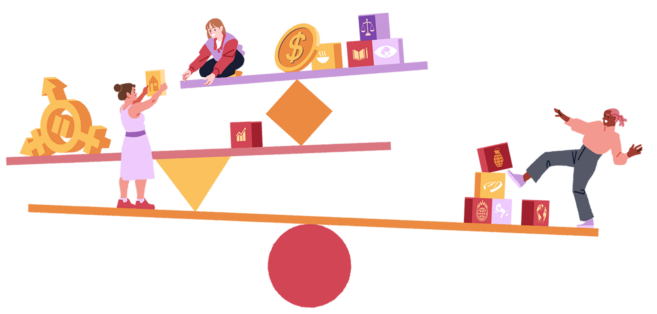
A girl born today will have to wait until her 97th birthday – beyond her expected lifespan – to celebrate an equal society

Between 2019 and 2022, nearly 40% of countries – home to over 1.1. billion women and girls in 2022 – stagnated or declined on gender equality
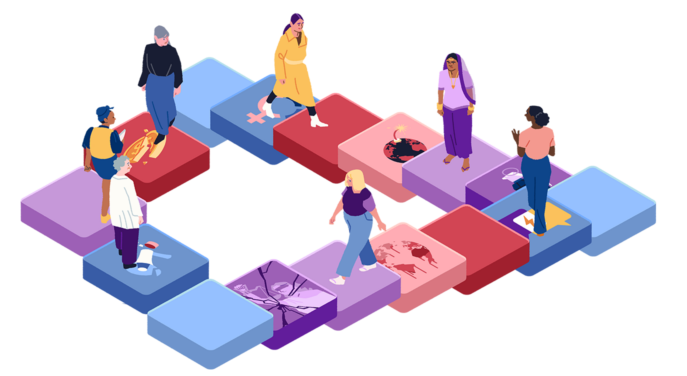

What if, in the next six years, all countries follow the ‘declining’ path that we observed in 17 countries between 2019 and 2022?
In this scenario, the global gender equality score will be below even the 2015 starting point for the SDGs. Even if all countries instead follow the pace set by the ‘fast’ improving countries between now and 2030, the world would still fall well short by 2030. Both scenarios leave billions of women and girls and societies trapped in inequality, less able to weather the storms ahead or to chart a course to a more gender equal future.
is based on all countries following the pace of change set by the ‘fast’ countries between 2019 and 2022 (41 countries).
is based on all countries following the pace of change set by the ‘some progress’ countries between 2009 and 2022 (45 countries).
is based on all countries following the pace of change set by the stagnating or ‘no progress’ countries between 2019-2022 (36 countries).
is based on all countries following the pace of change set by the ‘declining’ countries between 2019- 2022 (17 countries).
See how your country compares
Will your country be less equal in 2030 than in 2015? Find out the potential scenarios for gender equality progress below:

Global trends
Explore global trends and how gender equality has progressed or backslid in different regions. On the ‘Level’ version of the map, you can see how countries are currently performing on the Index. Switch to the ‘Pace of Change’ version if you want to see the rate of progress countries made between 2019 and 2022.

Intersecting Crises
The next six years are certain to bring more challenges that could crush fragile gains in gender equality and push us backwards. Here are eight looming crises about which EM2030 coalition members and gender champions are especially concerned.
The democracy crunch
Gender equality is closely linked with democracy. But the foundations of democracies around the world are at risk because of rising economic inequality, societal and political polarisation, and the closing of civic space.


Economic inequality concentrates power – including political power – in the hands of a wealthy elite. Democracies that are ‘captured’ in this way will not be making laws and budget decisions with the rights of women and girls – let alone the most marginalised women and girls – in mind.
Rising economic inequality


Makes it harder for democracies to function by diminishing a sense of shared values and trust in institutions. The rise of right-wing, nationalist, populist and anti-democratic governments bring with them a rise in anti-feminism.
Societal and political polorization


The Index shows that 91/139 countries were rated ‘poor’ or ‘very poor’ in an expert assessment of whether the country protects ‘personal autonomy, individual rights, and freedom from discrimination’ in 2022.
Civic space and repression

The safety and security crunch
The concept of ‘safety and security’ is often seen only through the lens of violent conflict and militarisation, and indeed both are on the rise. for women and girls, these realities hit their bodies, their choices and their personal safety first.
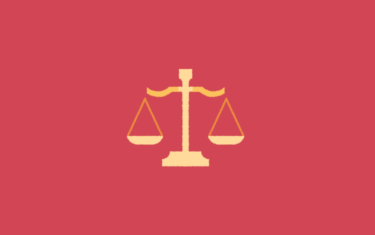

More than one third of women worldwide are estimated to have experienced some form of violence in their lifetime. Globally, in 2022, only 57% of women across 139 countries said that they felt safe walking in their neighbourhood at night.
Bodily Autonomy and Gender-Based Violence


Despite ample evidence that women’s participation fosters more robust democracies and longer-lasting peace, women continue to face deep-rooted obstacles to direct participation in conflict resolution and peace processes.
Conflict
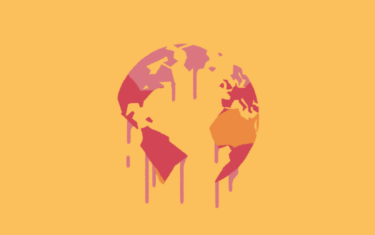

Women, particularly those who live in rural areas and/or are members of Indigenous or Black communities, are disproportionately affected by climate change. The UN estimates that 80% of the people displaced by climate change are women and girls.
Climate emergency

The resource crunch
Simultaneously insufficient and unsustainable international financing flows alongside domestic austerity measures are making it less likely that public funds will be invested in ways that protect and advance gender equality.
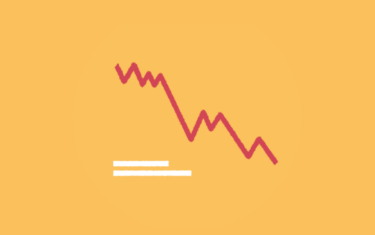

Unsustainable public debt has a negative impact on gender equality. The International Monetary Fund estimates that to meet debt payments, at least 100 countries will have to reduce spending on health, eduction and social protection, which will disproportionately impact women and girls.
International financing flows
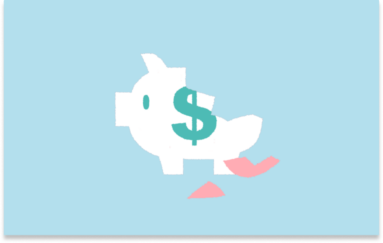

Austerity measures – cuts in government spending that often target public services – disproportionately impact women and girls. The index shows that women and girls are feeling the impact of austerity measures.
Austerity

A blueprint for governments: Advancing gender equality in the face of crises
While the Index showcases where progress is and isn’t happening, it also pulls out the crosscutting themes that appear in countries and regions that are making progress. Drawing on these themes and the experience of the Equal Measures 2030 coalition, we outline seven recommendations that, taken together, provide a blueprint for governments to protect and advance gender equality for women, girls and gender expansive people in all their diversity, contributing to more resilient and prosperous societies in the face of global crises.


Join the movement
The fight for a gender-equal world needs all of us. Whether you’re a journalist, advocate, policymaker, or ally, your voice and actions can make a difference. Explore our resources, share the data, and join us in driving transformative change. Let’s work together to create a gender-equal future.
Stay connected by signing up for our newsletter and following us on social media.



